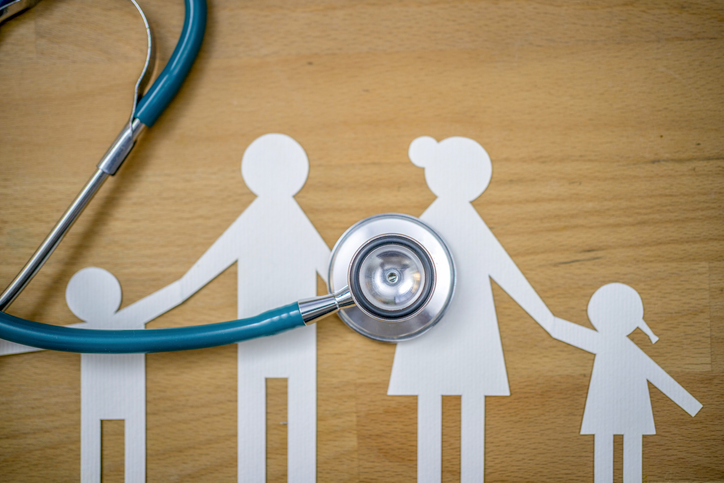A report by the Pennsylvania Department of Health showed a 3.4 percent decline in the overall rate of hospital-associated infections in 2010 over the previous year.
Reducing hospital-acquired infections is a hot-button priority and has spurred innovation by and investment in medical device companies developing technologies to reduce or eliminate these infections.
The report was initially published in 2008 when Pennsylvania became the first state to require hospitals to report all health care-associated infections to the Centers for Disease Control and Prevention’s (CDC) National Healthcare Safety Network and to release the first hospital-specific health care-associated infection report. The initiative, signed into law in 2007, is designed to reduce infections by tracking, reporting, and assessing infection trends and patterns. More than half of states now have a similar requirement.

With the Rise of AI, What IP Disputes in Healthcare Are Likely to Emerge?
Munck Wilson Mandala Partner Greg Howison shared his perspective on some of the legal ramifications around AI, IP, connected devices and the data they generate, in response to emailed questions.
Healthcare-associated infections are among the most common patient safety-related problems and are a leading cause of illness and death, according to the report.
“Healthcare-Associated Infections in Pennsylvania 2010” showed that of the 23,601 hospital acquired infections reported in 2010, surgical site infections accounted for 26.2 percent; followed by urinary tract infections, 23.3 percent; and gastrointestinal infections 17.4 percent.
The infection report showed a 13.2 percent decline in catheter-associated urinary tract infections and an even greater reduction in central line-associated bloodstream infections of 24.4 percent. Surgical site infections fell a modest 1.1 percent — the first time this benchmark was included in the report.
Hospital acquired infections result in medical costs for U.S. hospitals of as much as $45 billion.
Several medical device companies have received funding to develop products targeting specific types of infections ranging from surgical wounds to those derived from catheters.
TYRX, a Monmouth Junction, New Jersey-based medical device manufacturer that has commercialized implantable medical devices designed to help reduce surgical-site infections associated with implantable pacemakers and defibrillators raised $20 million in venture capital funding in December 2010.
Novan raised $6 million in financing as part of an effort by the start-up to develop its nitric oxide technology into a bacteria-fighting tool that could be used to coat antimicrobial catheter coatings intended to prevent hospital acquired infections. Novan has also received grant funding to study an antimicrobial wound dressing.
Last year, Great Lakes Pharmaceuticals Inc. completed a $3.1 million Series B equity financing to finish a pivotal clinical study of B-Lock, the company’s antimicrobial catheter lock solution.














